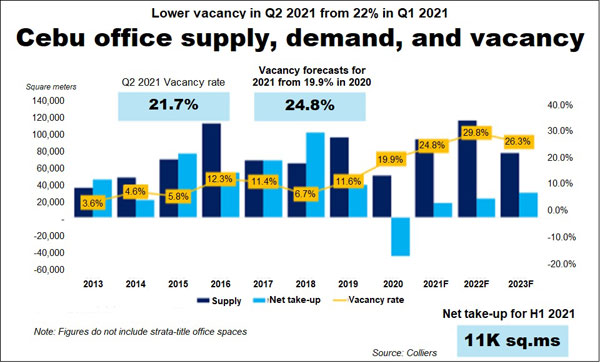Filings for intellectual property (IP) protection in the first half of 2021 posted a 20 percent year-onyear growth as the economy recovered further from eased lockdown restrictions while the Intellectual Property Office of the Philippines (IPOPHL) succeeded in highlighting the importance of IP in business recovery.
In total, IP applications stood at 22,919. Utility model (UM) filings saw the biggest increase at 26 percent, from the 592 recorded from January to June last year to 744.
Driving this increase were residents whose filings climbed 29 percent from 555 to 715. On the other hand, non-resident UM filings contracted by 22 percent from 37 to 29.
The top fields for UM filings during the period were in food chemistry (239 filings); basic materials chemistry (39); special machines (32); handling (20); and IT methods for management (19).
Trademark filings increased as well by 23 percent from 15,969 filings to 19,649. Resident filings made up the bulk of the applications and registered a 39 percent surge from 8,859 to 12,288.
International filings, which are made through the Madrid Protocol, dropped 5 percent from 3,859 to 3,677.
Most trademark filings were in pharmaceuticals, health, cosmetics (5,786); agricultural products and services (5,473); scientific research, information and communication technology (4,204); management communications, real estate and financial services (3,614); and textiles, clothing and accessories (2,865).
Patent filings rose by 2 percent from 1,899 to 1,945. Majority of the growth came from non-residents with 165 filings, an increase of 23 percent. Filings through the international Patent Cooperation Treaty edged down by a mere 1 percent from 1,599 to 1,586.
The top fields for patent filings were in pharmaceuticals (1,020); organic fine chemistry (523); biotechnology (312); basic materials chemistry (198); and food chemistry (176).
Meanwhile, copyright deposits soared by 163 percent from 285 to 761.
The lone laggard during the period was industrial design with filings sliding 10 percent to 581. While resident filings increased by 8 percent to 339, non-resident applications for ID decreased by 27 percent to 242.
Fields with the most ID filings were furnishing (26); means of transport or hoisting (26); packages and containers for the transport or handling of goods (22); articles of adornment (18); and fluid distribution equipment, sanitary, heating, ventilation and air-conditioning equipment, solid fuel (16).





